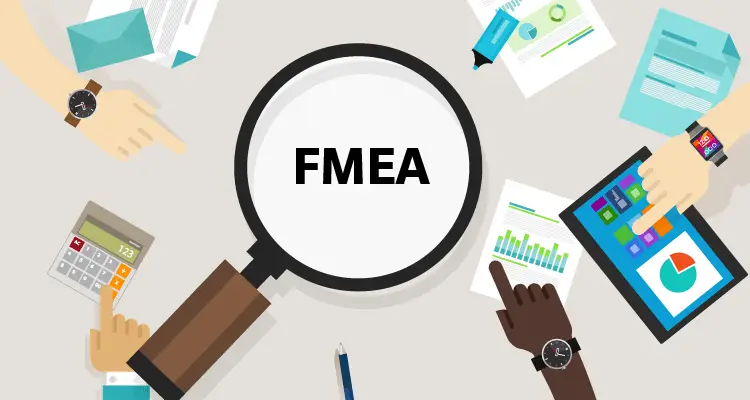FMEA, or Failure Modes and Effects Analysis, is a powerful tool used in various industries to identify and prevent potential failures in a system, process, or product. It is a structured approach that involves systematically analyzing potential failure modes and their effects, and then taking preventive measures to mitigate or eliminate them. FMEA is an essential process for ensuring product quality, reliability, and safety. However, to effectively conduct FMEA, it is important to understand its key components. In this blog post, we will discuss the key components of FMEA and the importance of FMEA training in mastering this important tool.
1) Scope and Purpose
The first step in conducting FMEA is to define the scope and purpose of the analysis. This includes identifying the system, process, or product to be analyzed, as well as the objectives of the analysis. It is crucial to clearly define the scope and purpose to ensure that all potential failure modes are identified and analyzed thoroughly.
Also Read: Design of Experiments Training
2) Team Composition
FMEA is a team-based approach that involves the collaboration of individuals from different disciplines and expertise. The team should include members from design, production, quality control, and other relevant departments. Each team member brings a unique perspective to the analysis, which helps in identifying potential failures and their effects.
3) Failure Modes
The next step in FMEA is to identify potential failure modes, which are the ways in which a system, process, or product can fail. This involves brainstorming and listing all possible failure modes, including those that are unlikely to occur. The team should consider all aspects of the system, such as design, materials, and operating conditions, to identify potential failure modes comprehensively.
4) Severity, Occurrence, and Detection Ratings
After identifying the failure modes, the team assigns a Severity, Occurrence, and Detection (SOD) rating to each failure mode. The severity rating indicates the potential impact of the failure on the system, process, or product, while the occurrence rating reflects the likelihood of the failure occurring. The detection rating indicates the ability to detect the failure before it reaches the customer. These ratings help in prioritizing the failure modes for further analysis and determining the appropriate preventive measures.

